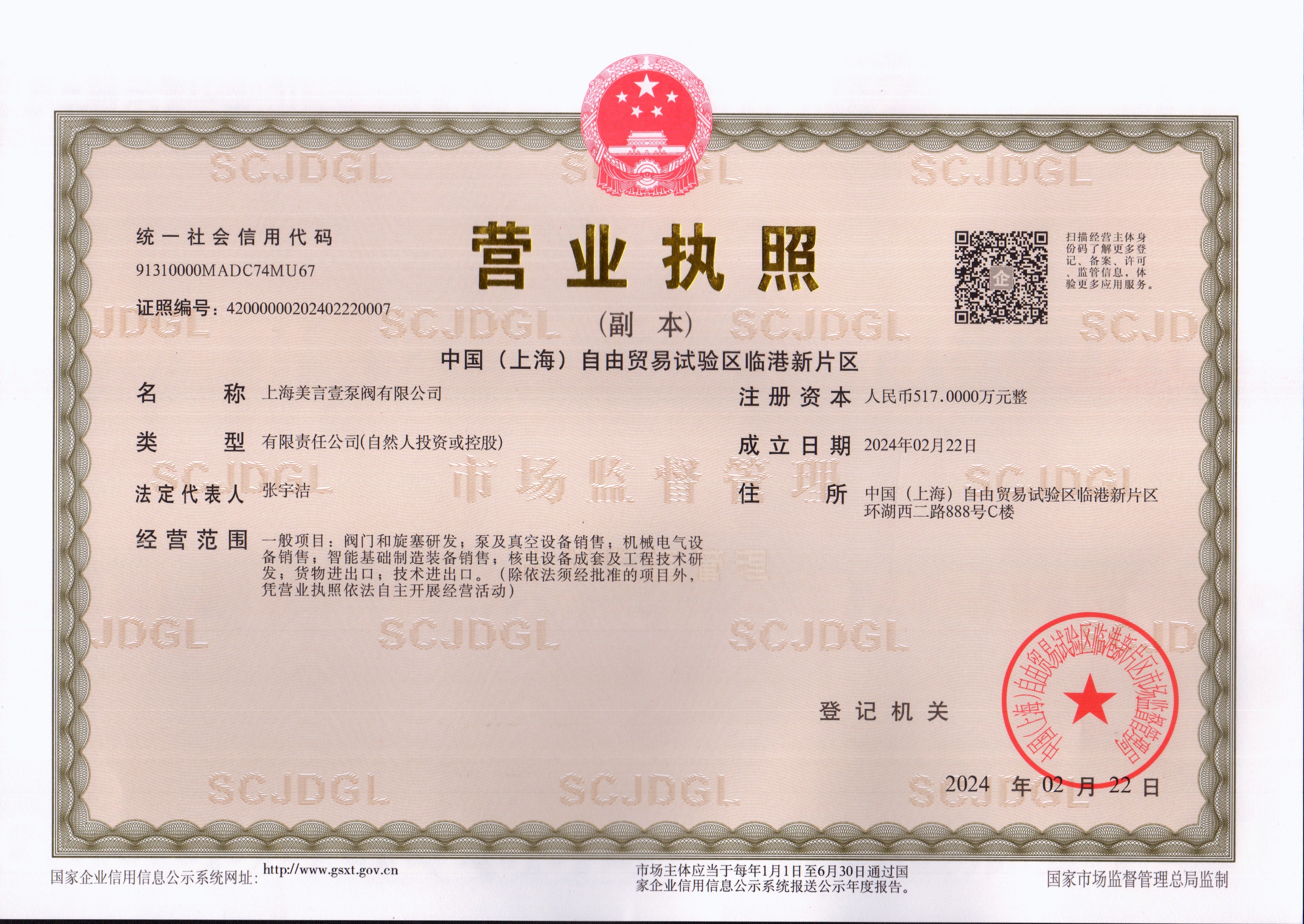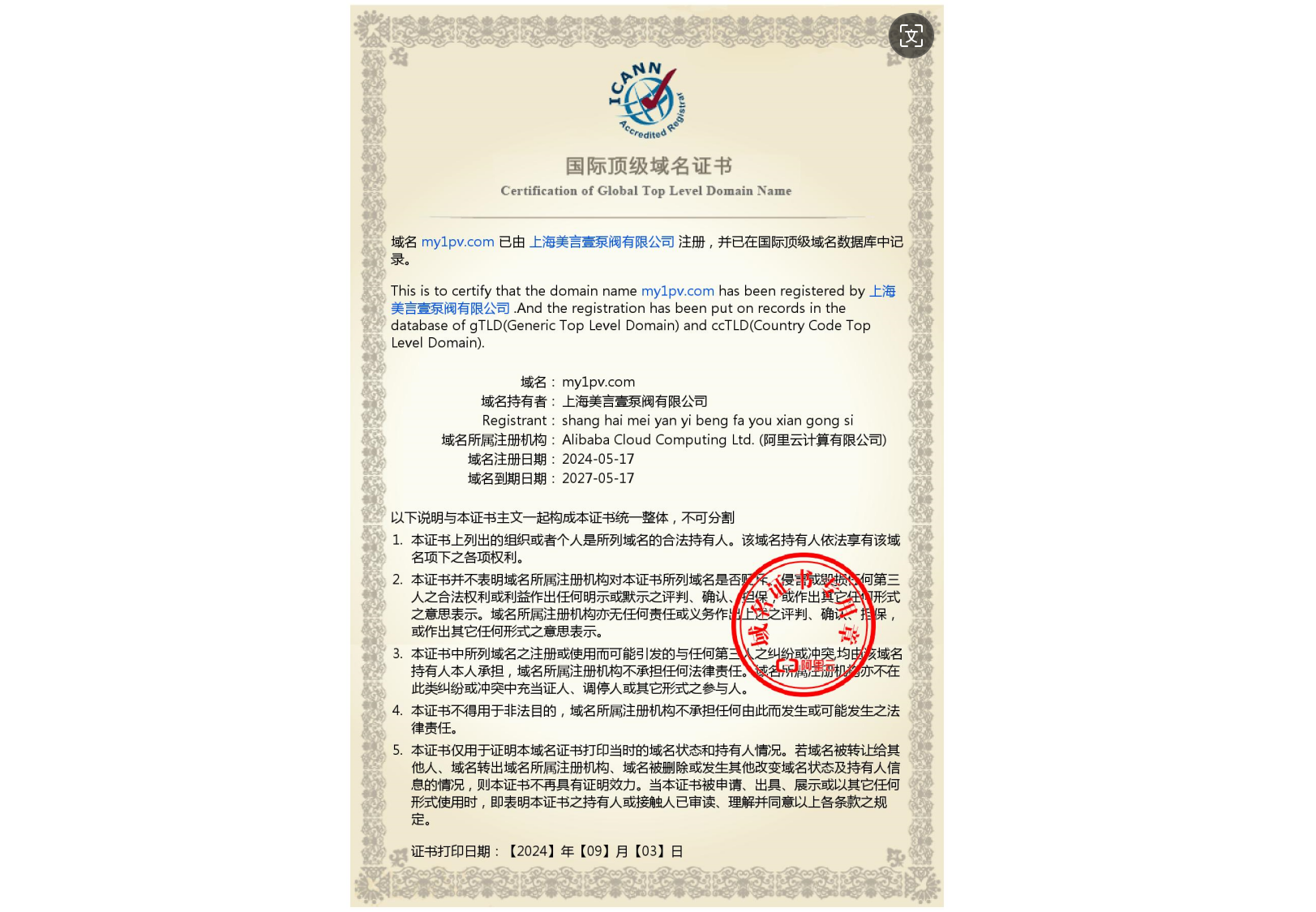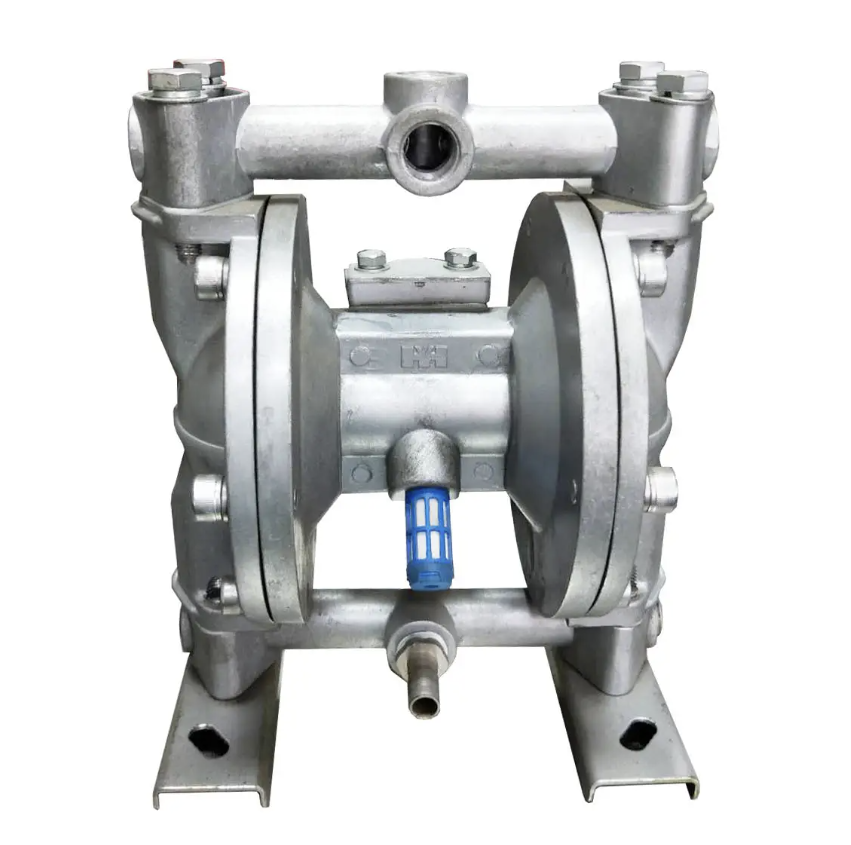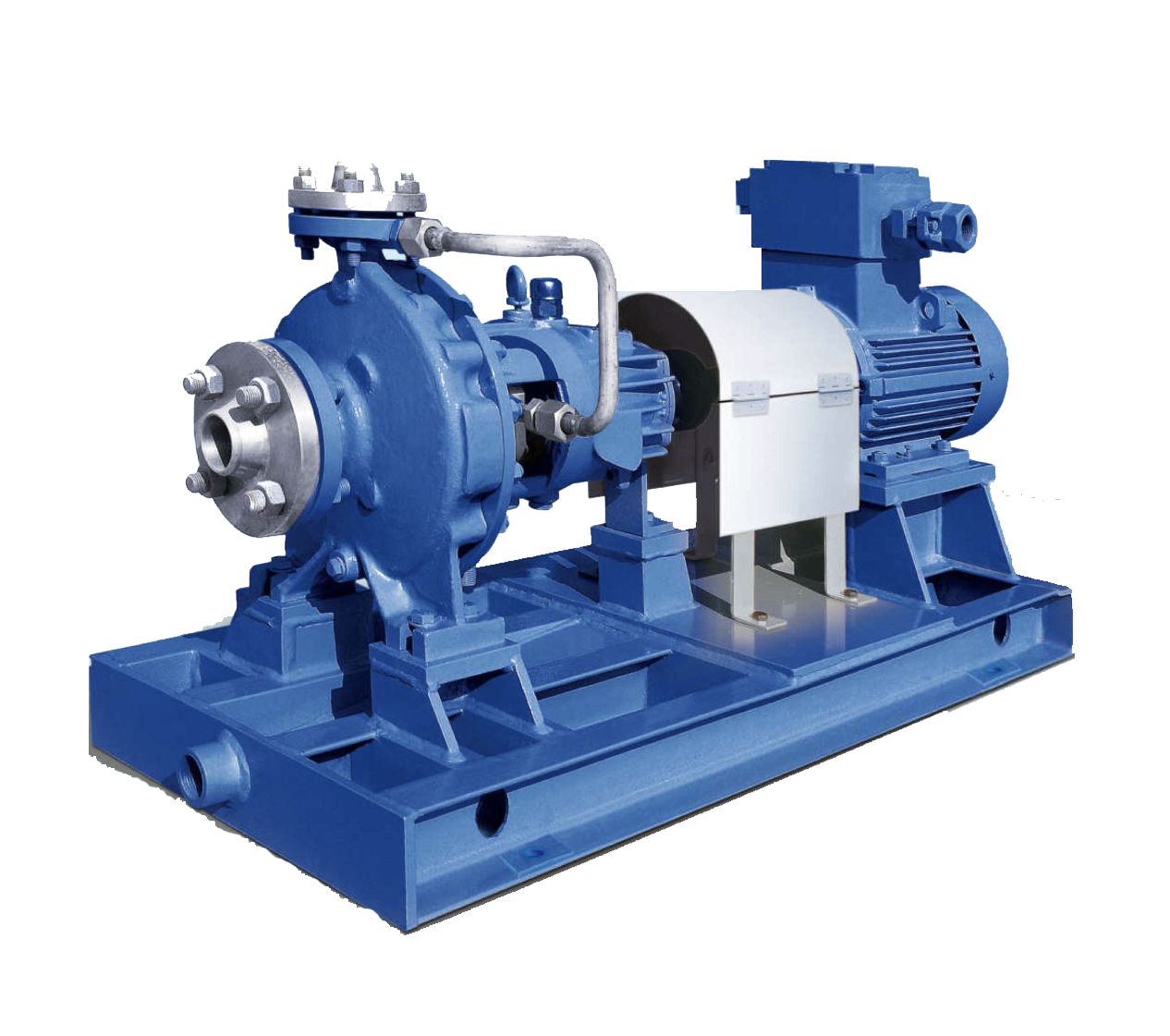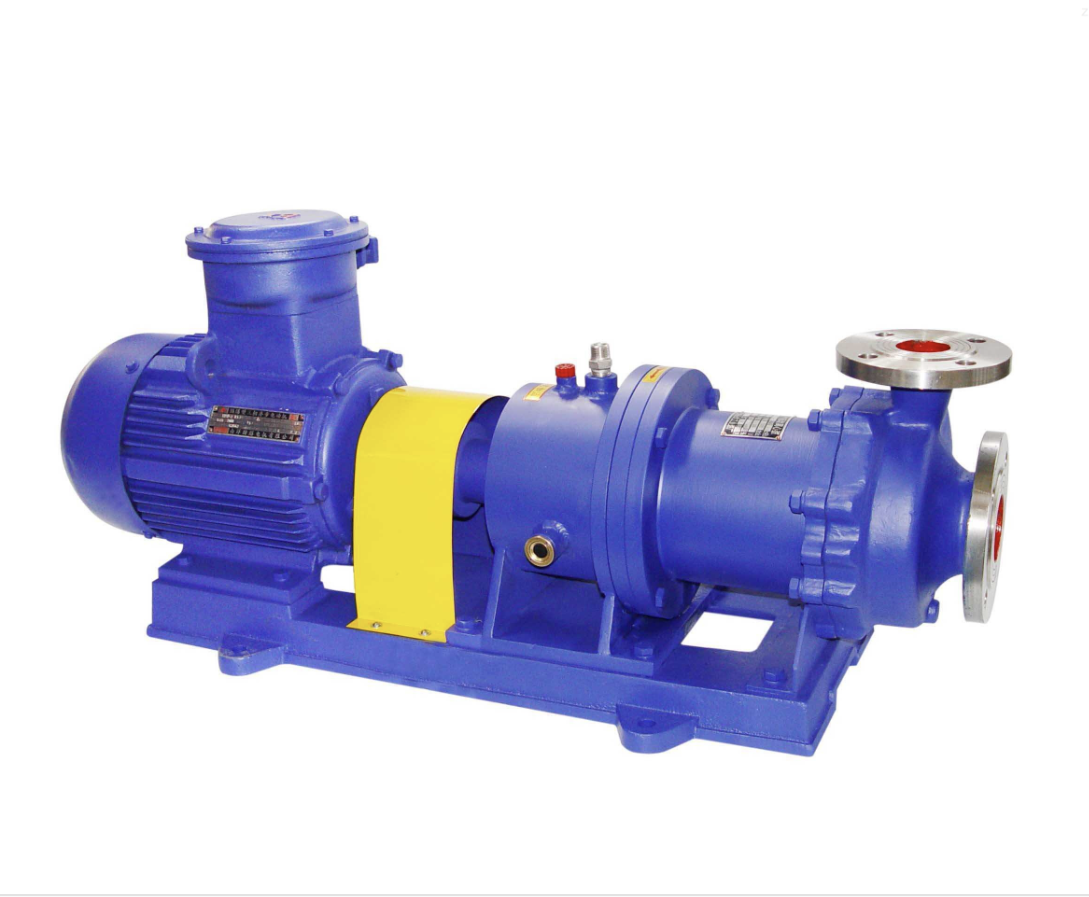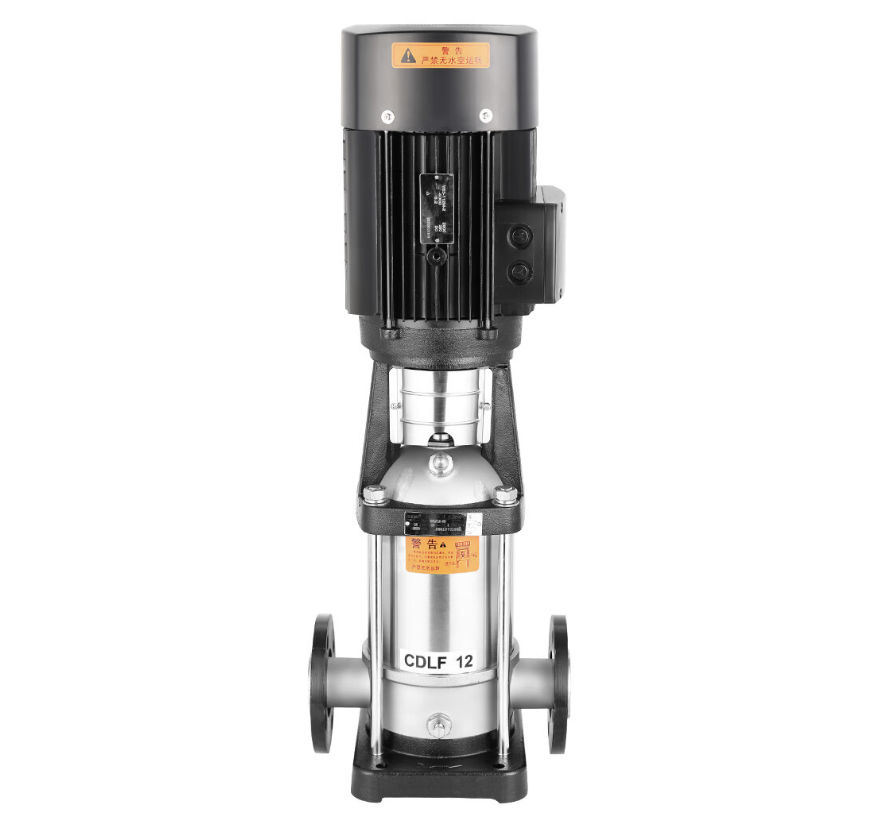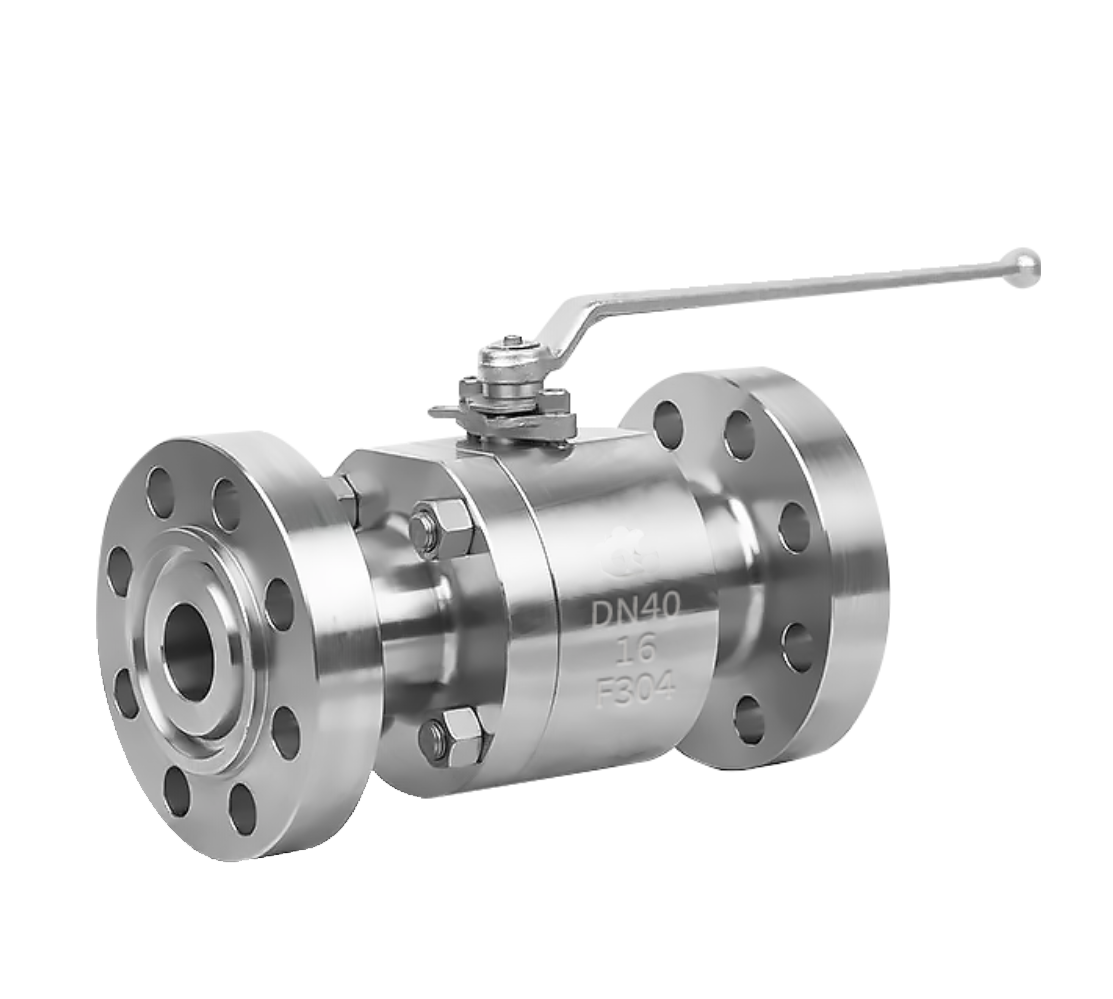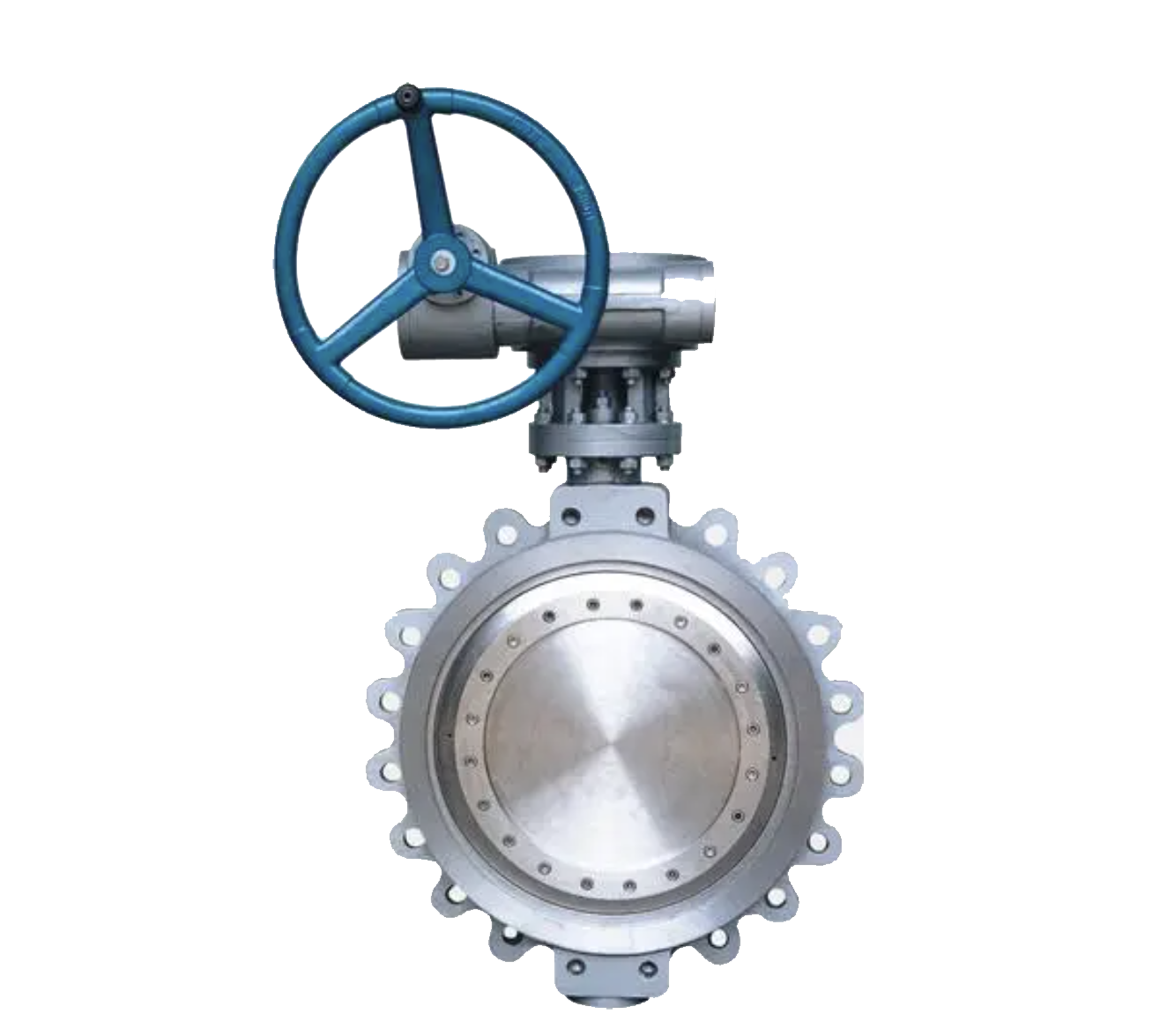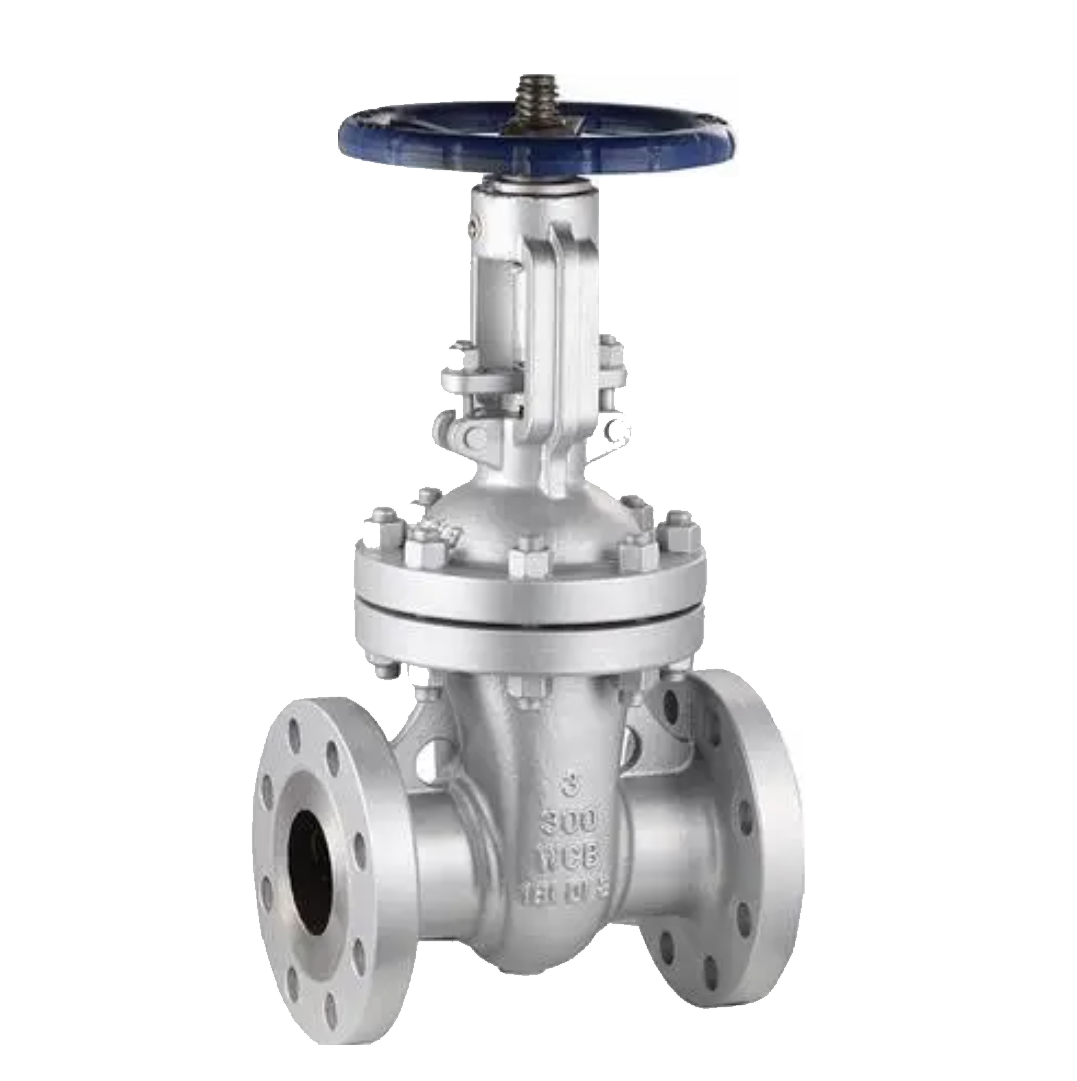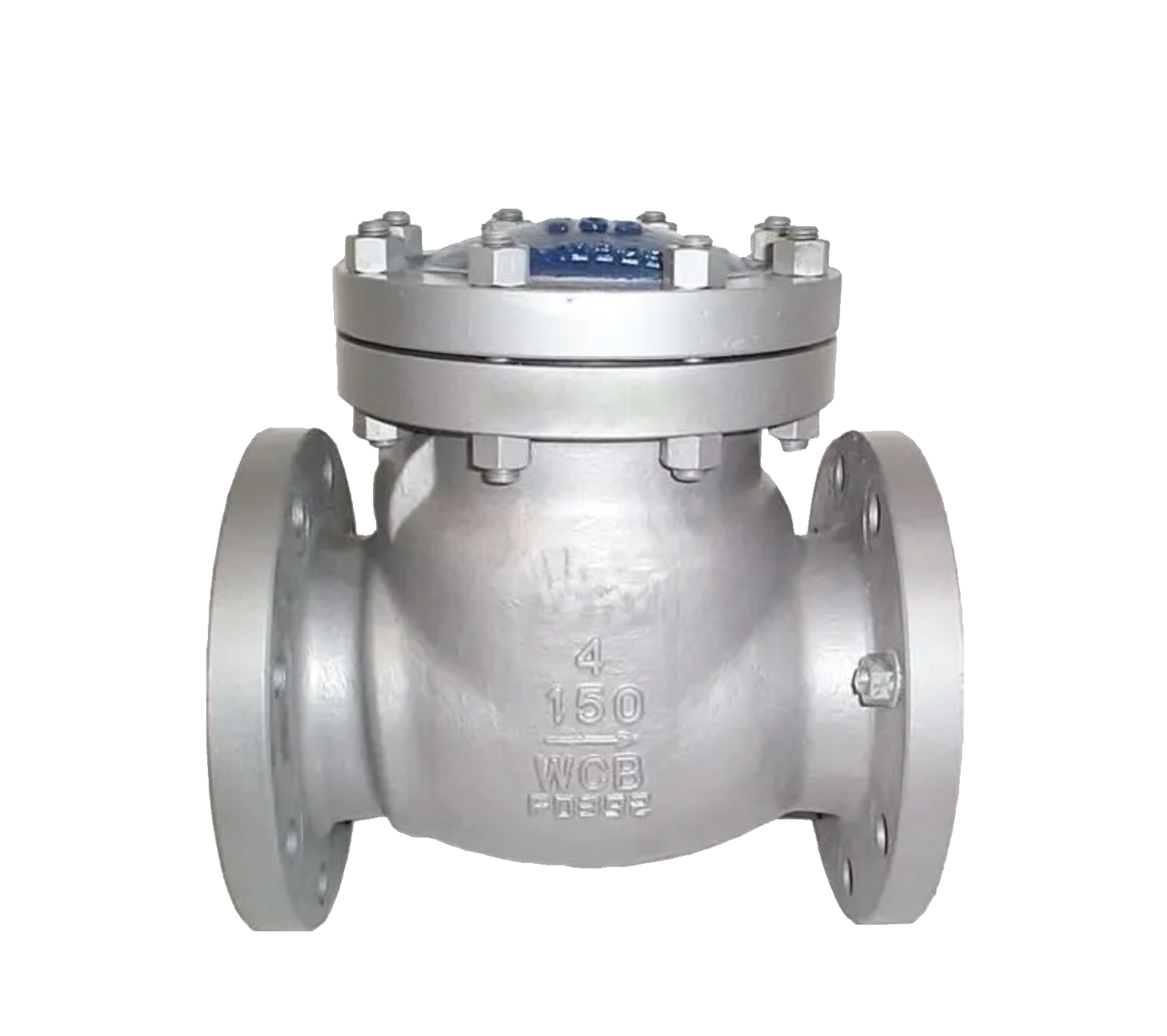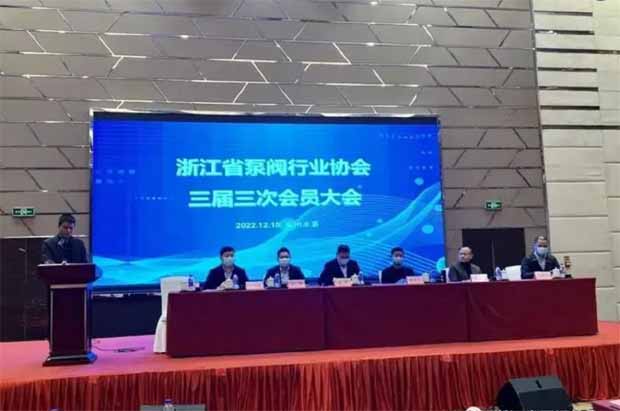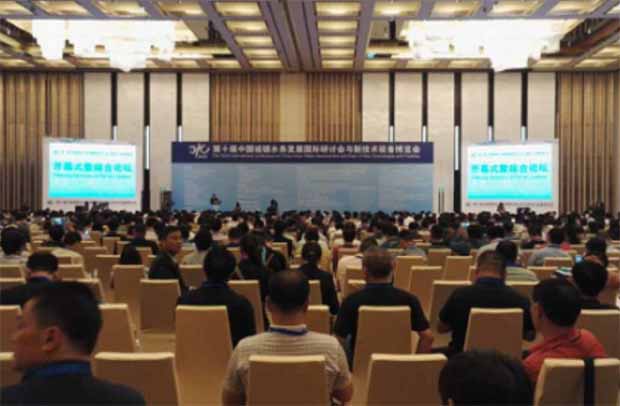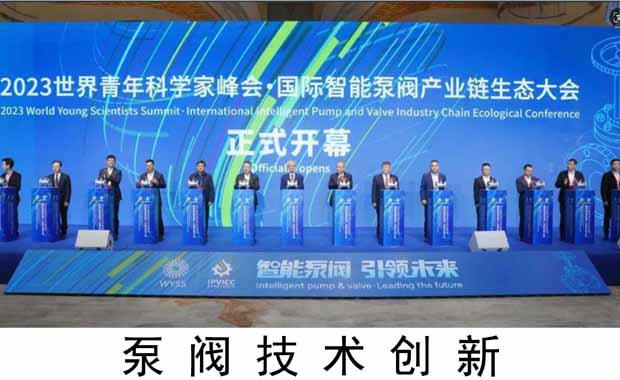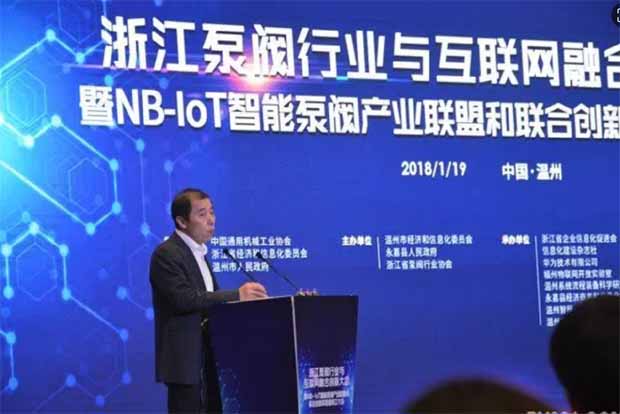Your location:
- ShangHai Meiyan Yi Pump & Valve Co.,LTD.
- Sales hotline:
+86 21 5640 2009 - Pump customer service:
+86 138 1691 3072 - Valve customer service:
+86 1381 6913 072 - E-mail:
my1pv@1bengfa.com
-
Product Analysis of Pump and Valve Industry
The product analysis of the pump and valve manufacturing industry can be conducted from both macro and micro levels, covering the characteristics and application situations of the two main products, pumps and valves.
Macro analysis: Pump: A pump is a mechanical device that transports fluid from a low-pressure area to a high-pressure area. According to different working principles and application fields, pumps can be divided into centrifugal pumps, positive displacement pumps, submersible pumps, etc. The main characteristics of a pump include flow rate, head, efficiency, etc. Valve: A valve is a device used to control fluid flow, which controls the flow rate and pressure of a fluid by opening, closing, or adjusting the flow path. Common valves include ball valves, butterfly valves, gate valves, etc. The main characteristics of a valve include valve type, valve material, valve structure, etc.
Microscopic analysis: Pumps: Different types of pumps have different characteristics and application scenarios. For example, centrifugal pumps are suitable for transporting clean water, sewage, chemical liquids, etc., while volumetric pumps are suitable for transporting high viscosity liquids. The selection of pumps should be based on factors such as flow rate, head, and medium characteristics. Valves: Different types of valves are suitable for different fluid control requirements. For example, ball valves are widely used in pipeline fluid control, butterfly valves are suitable for regulating large flow rates, and gate valves are suitable for cutting off fluid flow. The selection of valves should consider factors such as medium, pressure, temperature, etc. In addition, products in the pump and valve manufacturing industry also include supporting equipment and accessories, such as motors, sensors, pipelines, etc. These supporting equipment also play an important role in the operation and performance of the pump valve system. Product analysis requires in-depth research based on specific pump and valve manufacturing companies and products, including product technical parameters, market competition, application cases, etc. Meanwhile, it is also necessary to consider the impact of industry trends and technological innovation on the product.
09-04
2024
-
Analysis of the pump and valve industry itself
The self analysis of the pump and valve manufacturing industry includes an evaluation of the industry's competitive landscape, the company's own strength, and product characteristics.
1. Industry competition pattern: There is fierce competition in the pump and valve manufacturing industry, mainly manifested in fluctuations in supply and demand, intensified price competition, and competition for market share. There is competition among large pump and valve manufacturing enterprises, small and medium-sized pump and valve manufacturing enterprises, as well as some state-owned and private enterprises in the industry. At the same time, the pump and valve manufacturing industry is also facing competition from other energy alternatives, such as natural gas and renewable energy.
2. Enterprise's own strength: The enterprise's own strength in the pump and valve manufacturing industry has a significant impact on its competitive position and market share in the industry. Self strength includes enterprise scale, resource reserves, production capacity, technological level, supply chain management, market development ability, etc. Enterprises with larger scale, abundant resources, advanced technology, and efficient management have stronger competitiveness.
3. Product features: The characteristics of products in the pump and valve manufacturing industry have a significant impact on the competitiveness and market share of enterprises. The product features include calorific value, ash content, sulfur content, particle size, combustion characteristics, etc. Products in the pump and valve manufacturing industry with high calorific value, low ash content, and low sulfur content have higher market demand and competitiveness.
Based on their own analysis, enterprises in the pump and valve manufacturing industry can formulate corresponding development strategies and tactics, including efforts in technological innovation, resource integration, market expansion, brand building, and other aspects. At the same time, it is necessary to pay attention to environmental protection requirements and the trend of energy transformation, actively promote clean utilization, emission reduction, and carbon reduction in the pump and valve manufacturing industry, in order to adapt to industry development and changes in policy environment. The self analysis of the pump and valve manufacturing industry requires an evaluation of the industry's competitive landscape, the company's own strength, and product characteristics, in order to formulate corresponding development strategies and strategies, enhance the company's competitiveness and market share.
For the pump and valve manufacturing industry, the following is a SWOT analysis recommendation:
Ø Strengths:
S1: Technical advantages: The pump and valve manufacturing industry can evaluate its own technical strength, including advantages in research and development capabilities, manufacturing processes, and product quality.
S2: Brand awareness: If a company has a high brand awareness and reputation in the industry, it will be an advantage that helps attract customers and stabilize market share. S3: Cost advantage: If a company has a cost advantage in supply chain management and production efficiency, it can gain certain advantages in market competition.
Weaknesses:
W1: Technological lag: If a company's technological level is relatively lagging behind, it may lose its advantage in market competition.
W2: Market share: If a company has a relatively small market share, measures may need to be taken to increase market share.
W3: Lack of diversity: If a company's product line is relatively single, it may need to consider expanding product diversity to meet market demand.
Opportunities:
O1: Market demand growth: With the development of industrialization and urbanization, the market demand for pump and valve products may increase. Enterprises can seize this opportunity to expand their market share.
O2: Technological innovation: With the advancement of technology, new materials and manufacturing processes may bring opportunities to the pump and valve manufacturing industry. Enterprises can pay attention to and adopt new technologies to enhance product competitiveness.
O3: International market: If a company has the ability to enter the international market, it can seek cross-border cooperation and export opportunities to expand its business scope.
Threats:
T1: Market competition: There is fierce competition in the pump and valve manufacturing industry, and technological and brand advantages from other companies may pose a threat. Enterprises need to remain vigilant and take measures to enhance their competitiveness.
T2: Regulatory changes: Changes in environmental protection and safety standards may pose limitations and challenges to the pump and valve manufacturing industry. Enterprises need to timely understand and comply with relevant regulations, and adjust production and operational strategies.
T3: Economic fluctuations: The instability of the global economy may affect the demand and sales of the pump and valve manufacturing industry. Enterprises need to do a good job in risk management to cope with possible economic fluctuations.
Based on the above analysis, the following are some suggestions for action plans:
A1: Strengthen technological research and innovation to improve product quality and competitiveness.
A2: Expand market share and increase visibility through marketing and brand promotion.
Diversified product lines to meet the needs of different customers.
A4: Seeking international cooperation and export opportunities to expand business scope.
A5: Pay attention to changes in environmental protection and safety standards, and adjust enterprise operation strategies in a timely manner.
09-04
2024
-
User analysis of pump and valve industry
The user analysis of the pump valve manufacturing industry involves user group positioning, user demand analysis, scenario pain point analysis, existing solution defects, and solution improvement measures.
1. User group positioning: Industrial sector: The main users of the pump and valve manufacturing industry come from various industrial sectors, including energy, water treatment, chemical, petrochemical, metallurgical, food and beverage industries. These industries have a wide demand for pump and valve products, which are used in process links such as fluid transportation, flow regulation, and pressure control. Infrastructure construction: Infrastructure construction is also an important user group in the pump and valve manufacturing industry, including municipal engineering, construction engineering, water treatment engineering, etc. These fields require pump and valve products to achieve functions such as water supply, drainage, and fire protection systems.
2. User Requirements Analysis: Performance Requirements: Users' performance requirements for pump and valve products include flow rate, head, pressure, corrosion resistance, reliability, and other aspects. Different industries and application scenarios have different requirements for product performance. Energy conservation and environmental protection: With the increasing awareness of energy conservation and environmental protection, users have higher and higher requirements for the energy-saving and environmental protection performance of pump and valve products. For example, products are required to have characteristics such as high efficiency, low energy consumption, and low emissions.
3. Scenario pain point analysis: Maintenance difficulty: Pump and valve products require maintenance during use, and users may face problems such as high maintenance difficulty and long repair cycles. High failure rate: Some users have reported issues with high failure rates and frequent replacement of vulnerable parts in pump and valve products, which have caused inconvenience to production and operation.
4. Defects in existing solutions: Outdated technology: Some traditional pump and valve products have relatively outdated technology and cannot meet the requirements of new demands and environments. Lack of intelligence: Some users hope that pump and valve products can achieve intelligent functions such as remote monitoring and automation control to improve production efficiency and management level.
5. Improvement measures for the plan: Technological innovation: Pump and valve manufacturing enterprises should increase their research and development efforts to improve product performance, reliability, and environmental performance, in order to meet the new needs of users. Intelligent application: Introducing technologies such as the Internet of Things and big data analysis to achieve intelligent operation and remote monitoring of pump and valve products, improving product manageability and maintainability. Optimize after-sales service: Strengthen the construction of after-sales service system, provide timely technical support, maintenance and parts supply, and improve customer satisfaction.
09-04
2024

